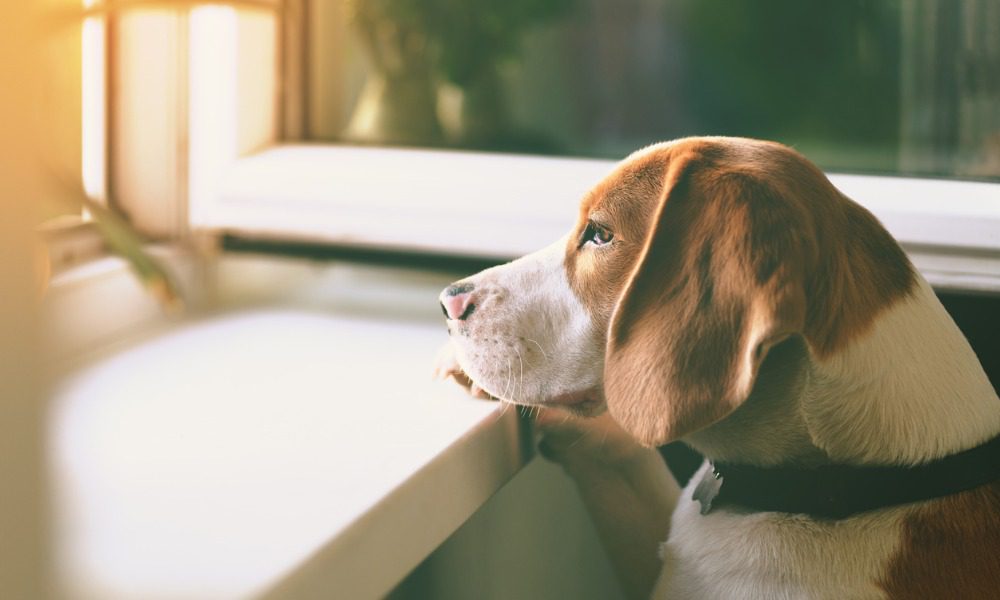Pet insurance claim figures reveal most common household dangers

Pet insurance claim figures reveal most common household dangers | Insurance Business New Zealand
Insurance News
Pet insurance claim figures reveal most common household dangers
Certain houseplants could spell trouble for some animals
Insurance News
By
Kenneth Araullo
PD Insurance is reminding pet owners about potential dangers lurking within their homes that could pose serious threats to the wellbeing of their dogs and cats. According to an analysis of recent claims paid out by the NZ-based pet insurance specialist, seemingly harmless items can lead to significant harm, making prevention a far better approach than seeking a cure afterwards.
Some of these dangers can come unexpectedly, PD Insurance COO Michelle Le Long said, highlighting the need for vigilant awareness in identifying potential health risks for pets.
“We’ve had plenty of what many would see as bizarre claims, with things as apparently benign as pot plants and essential oils causing life threatening reactions in pets,” she said. “Nobody wants their furbaby suffering serious illness or requiring an expensive trip to the vet – so we’re reminding pet parents to take extra care.”
Certain everyday items that are safe for humans can be highly toxic to cats and dogs.
“We’ve settled multiple claims where pets have piled into the supply, whether expired or not, and suffered dire consequences,” Le Long said. “Fortunately, these incidents generally have a positive outcome, particularly where the pharmaceuticals in question are readily and rapidly identified, accelerating treatment.”
She also has straightforward advice for medicines and household chemicals: keep these substances locked away from where pets and children might reach them. This also applies to items such as fertilizers, garden and household chemicals, and detergents. Additionally, the importance of discarding unused and expired items was emphasised.
Houseplants, human food could also post dangers
Several houseplants that are common in households can be highly toxic to pets. Le Long cited these dangers as lilies, aloes, monstera deliciosa, jade plants, snake plants, sago palm, and English ivy. Recognizing the risks these plants carry for pets is crucial for maintaining their safety.
She also said that seemingly harmless items can pose significant dangers and suggested a proactive approach for pet owners.
“This doesn’t mean chucking out the plants, but instead knowing what you have and the specific risk it presents to pets. That way, if Fido does for some reason chew on the monstera, you’ll have a plan of what to do and what to tell the vet to get fast and effective treatment,” she said.
The importance of distinguishing between human and pet food was also highlighted. While the dangers of chocolate are widely known, Le Long said that owners should stick to the mantra of “pet food for pets, people food for people.” Adhering to this principle can help avoid unintentional harm caused by items such as raisins, grapes, apple seeds, avocado, and garlic. Le Long also noted that even fatty meats and bones can lead to health issues in pets.
“Dogs and cats can be led into trouble by their noses, and there’s a genuine suffocating hazard in chip packets, plastic bags, cling wraps, and other containers,” Le Long said of dangers regarding food containers.
Lastly, she also addressed the potential ingestion of non-food items, like kids’ toys and batteries. She shared examples of claims involving swallowed items, stating, “PD Insurance has had claims where these items have been swallowed, with unpleasant and expensive consequences.”
In the end, pet owners should exercise mindfulness similar to that of parents.
“A safer household will benefit your pets, your wallet, and your heart,” Le Long said.
This principle underscores the importance of maintaining a secure environment for pets, much like one would for human children.
What are your thoughts on this story? Please feel free to share your comments below.
Related Stories
Keep up with the latest news and events
Join our mailing list, it’s free!






